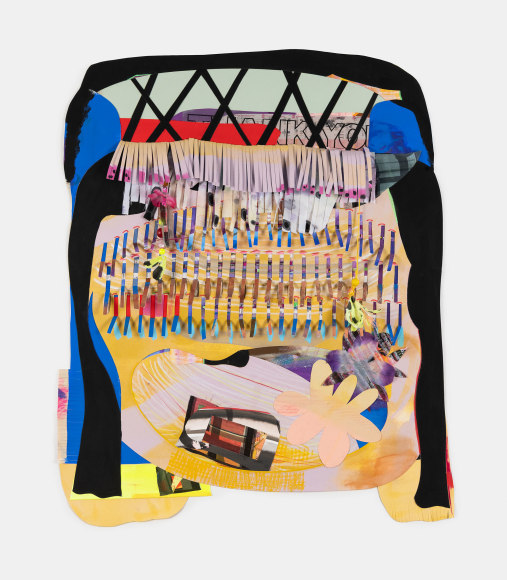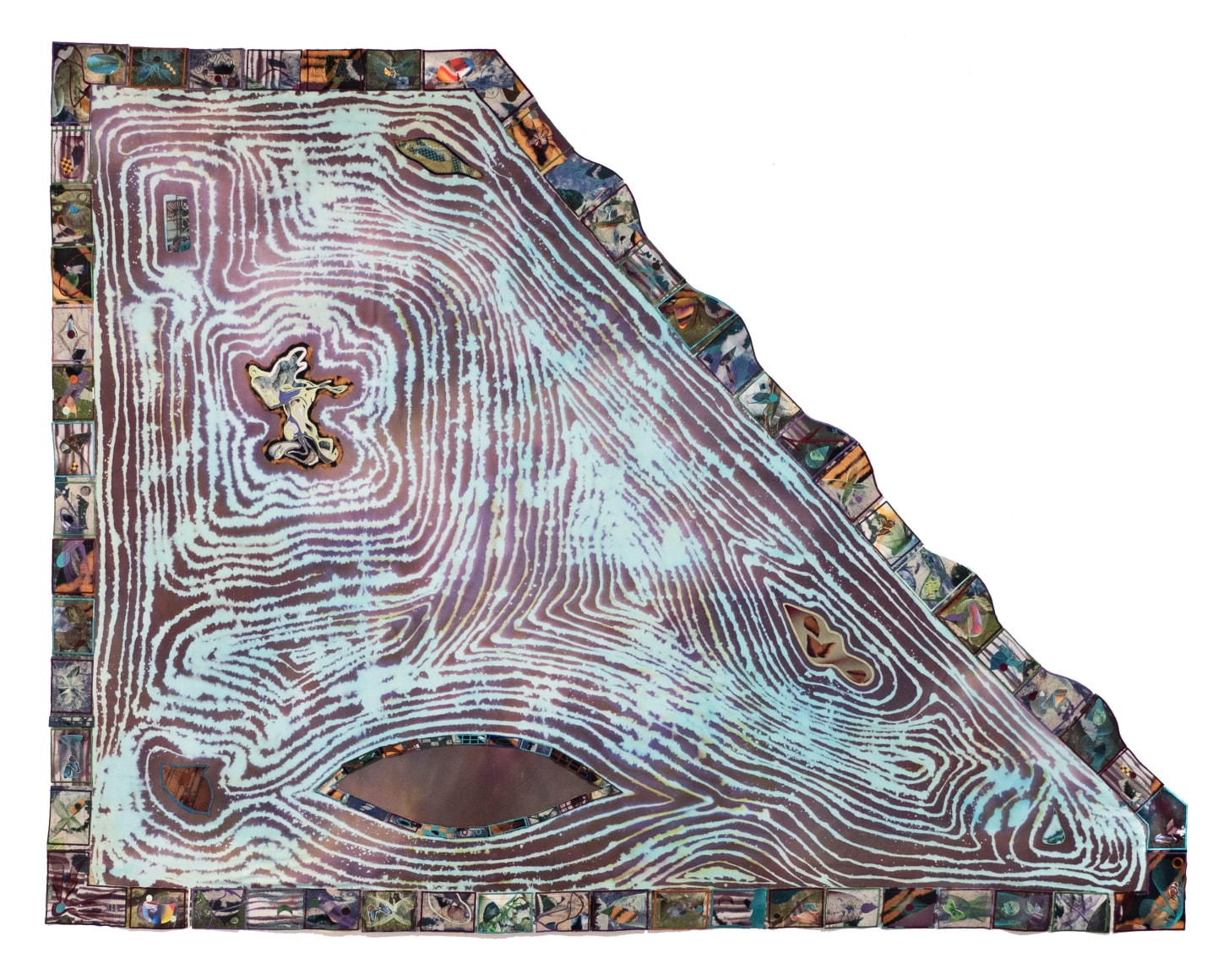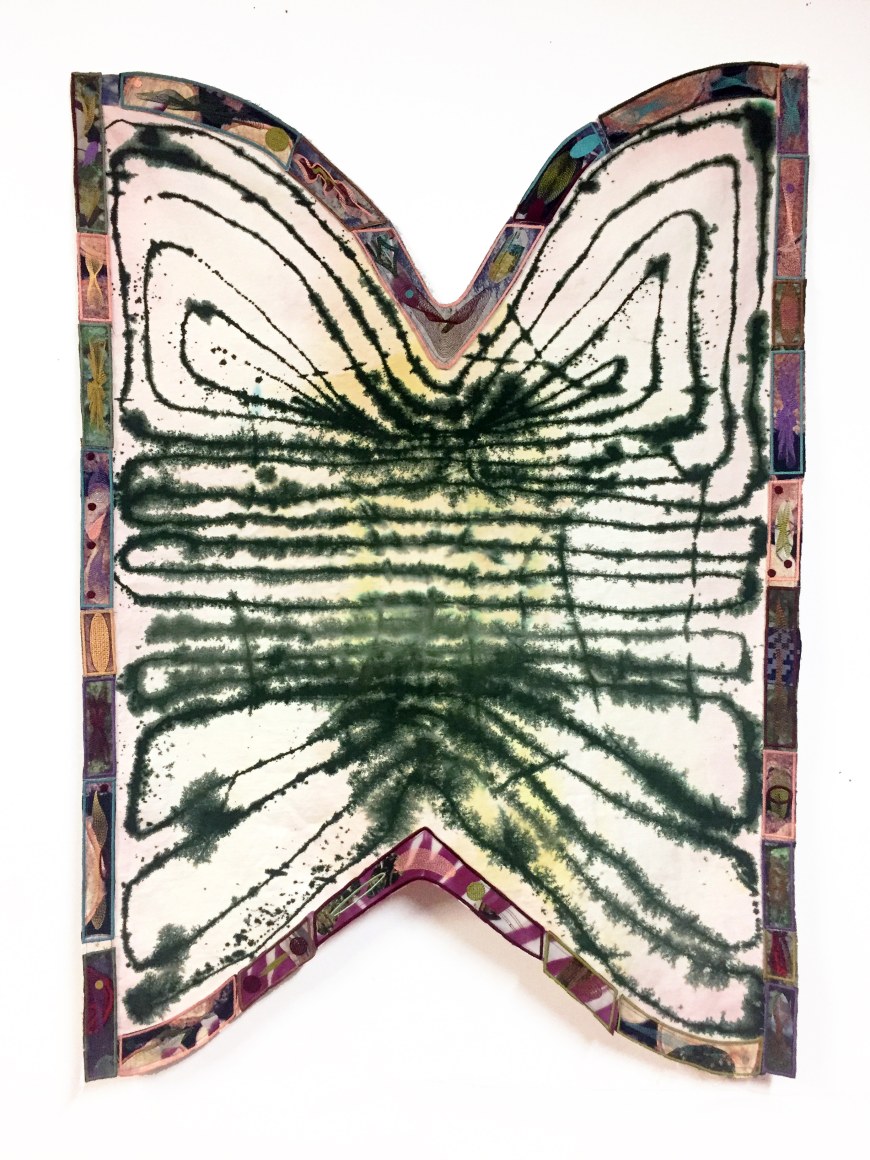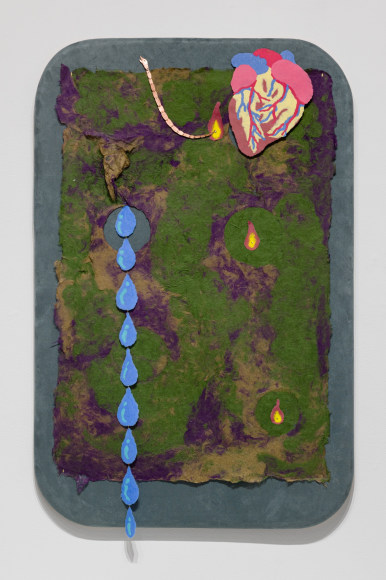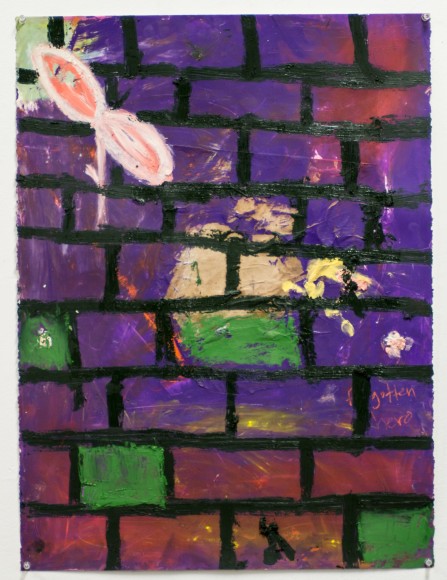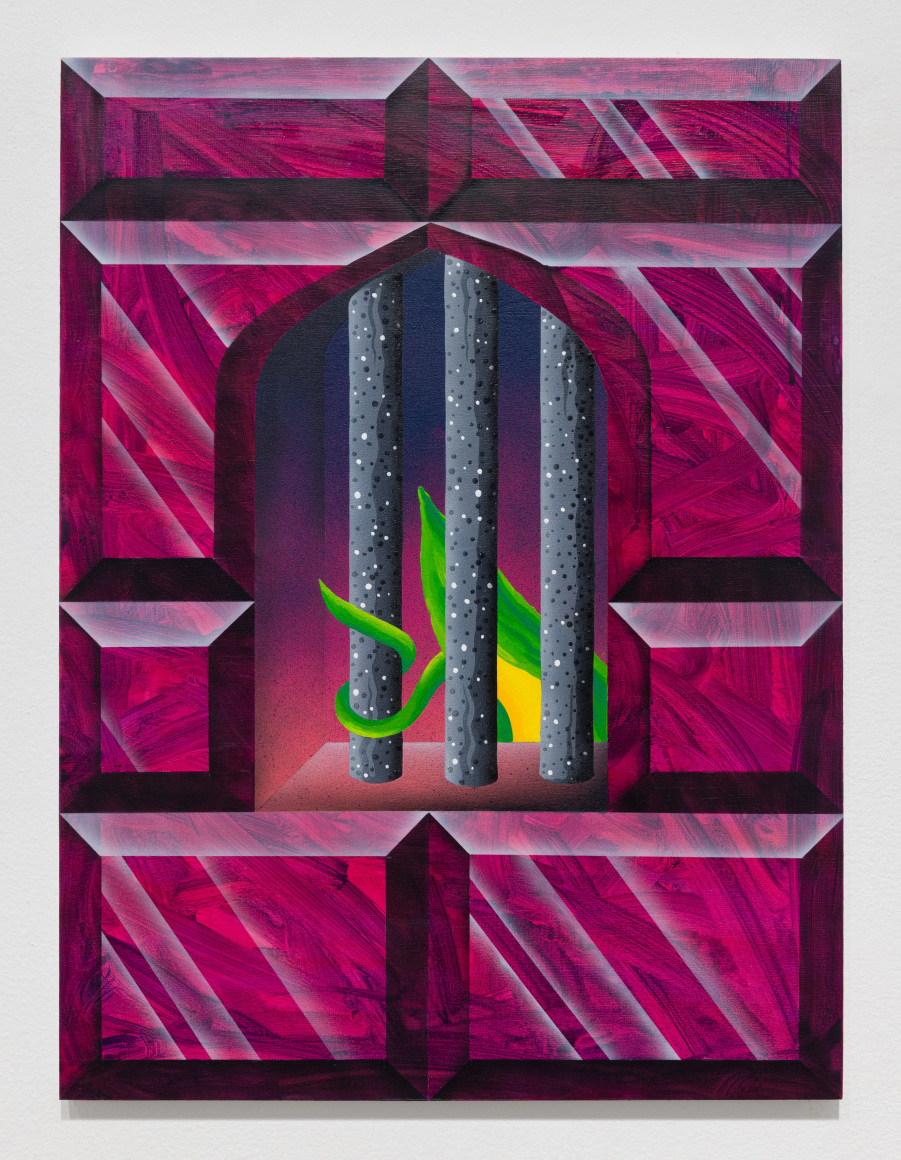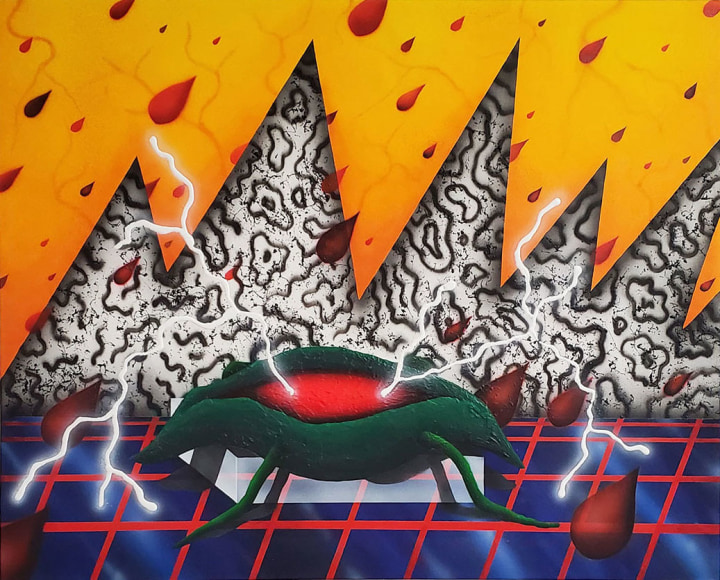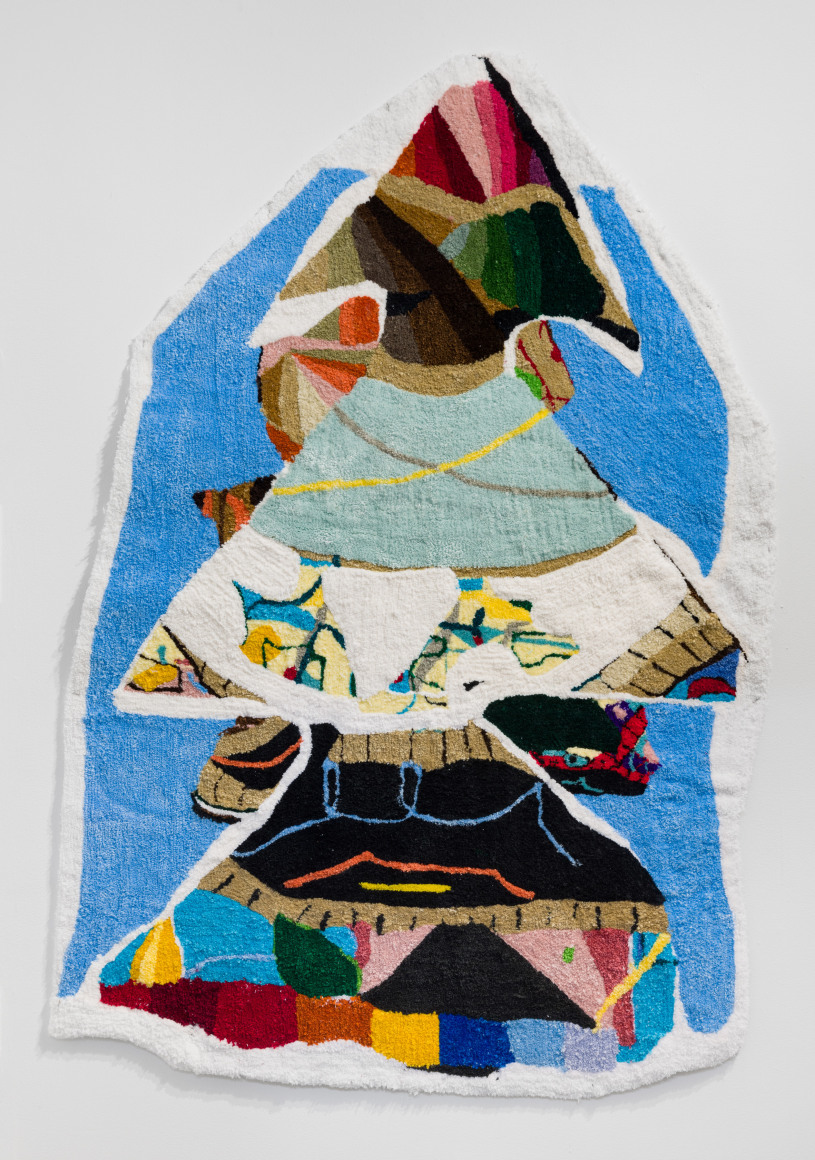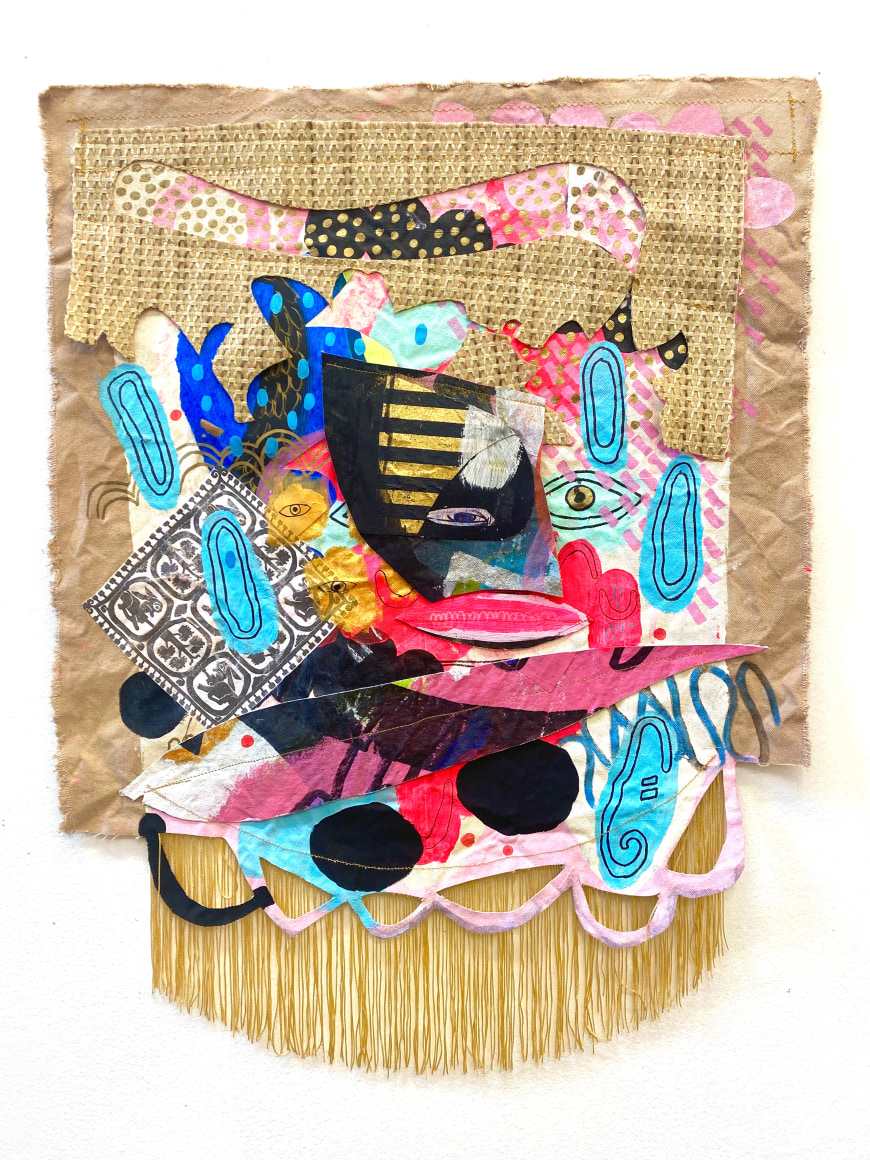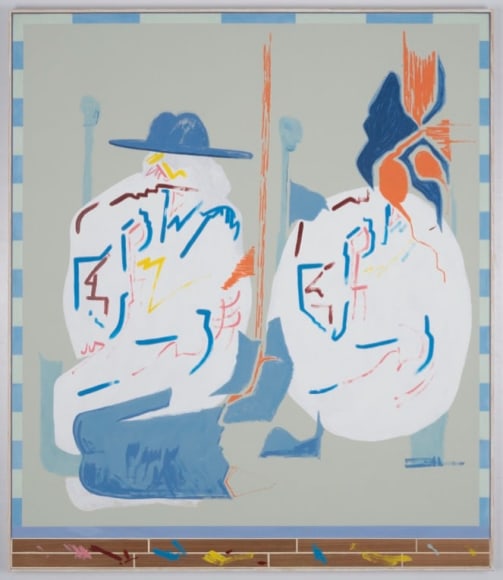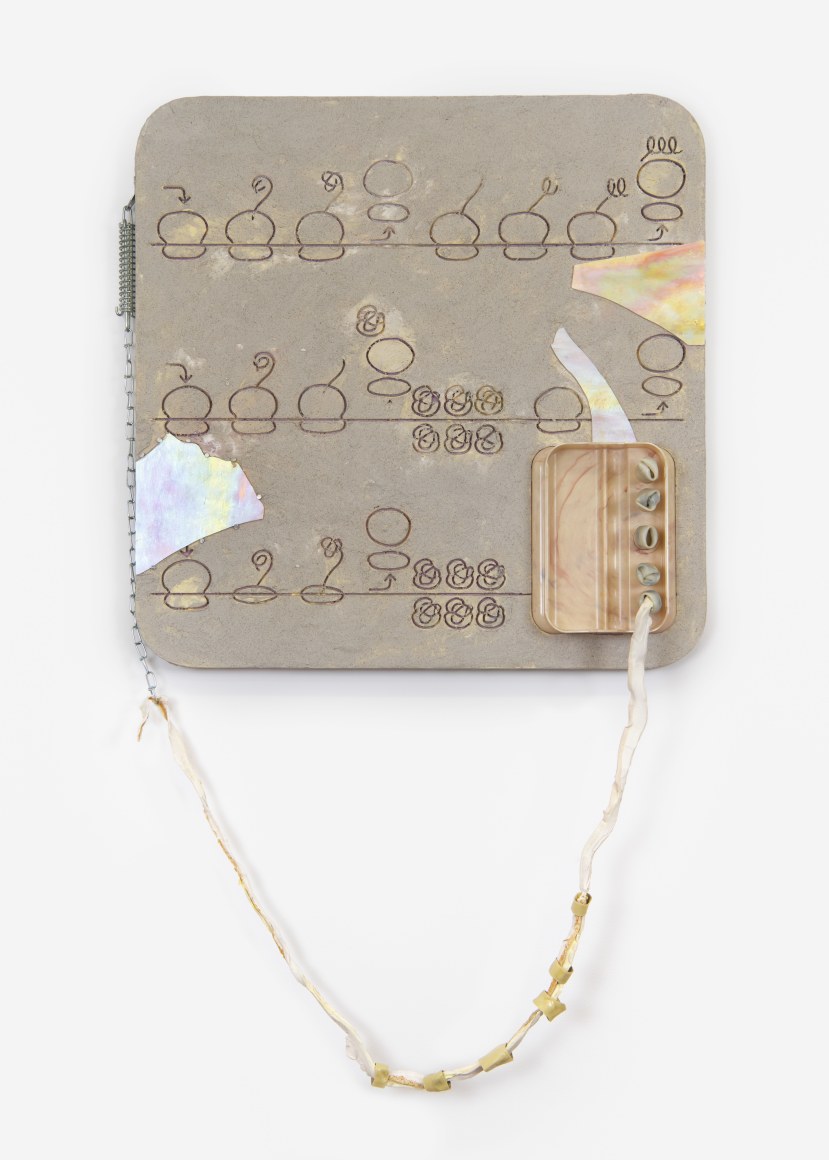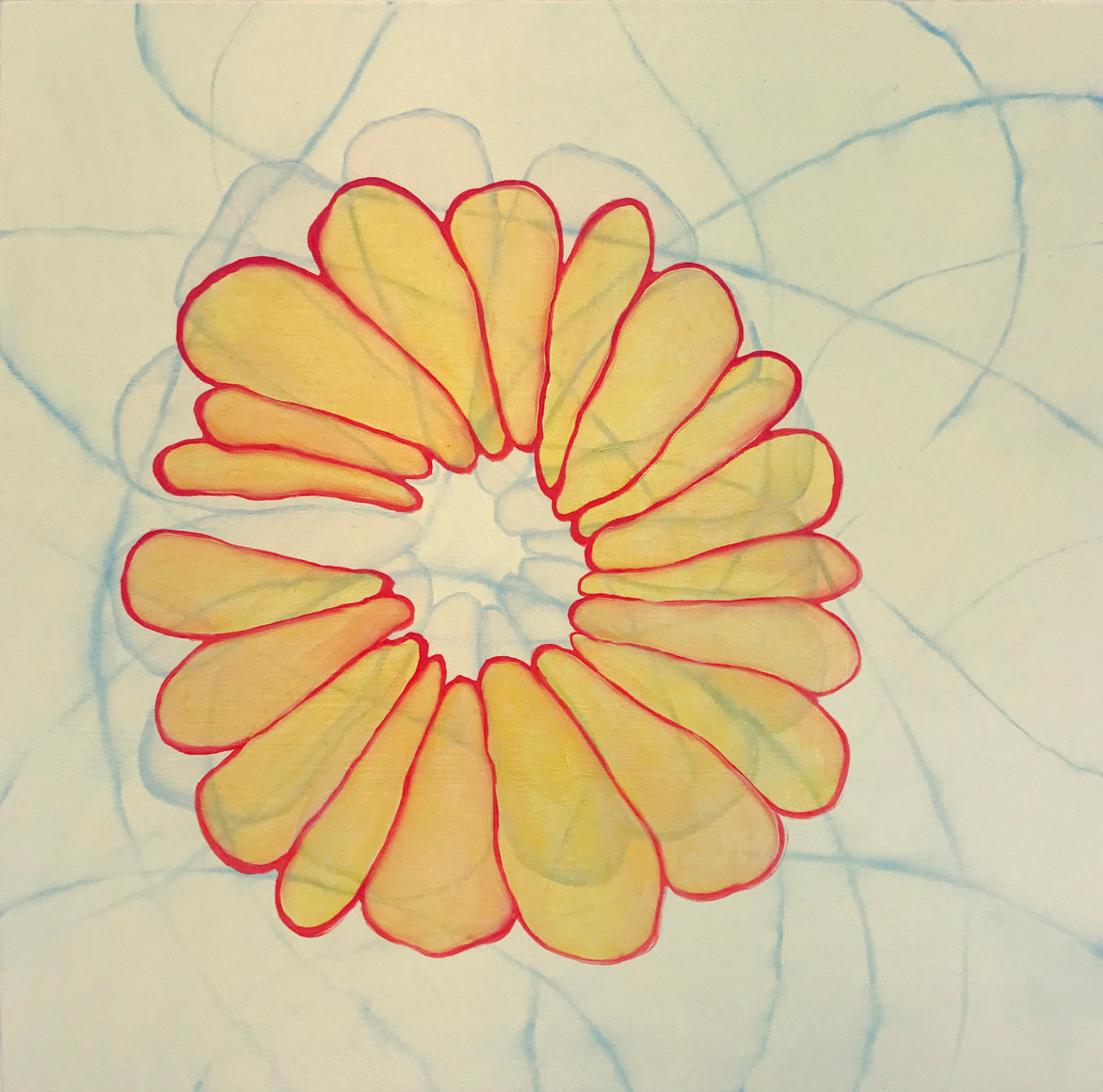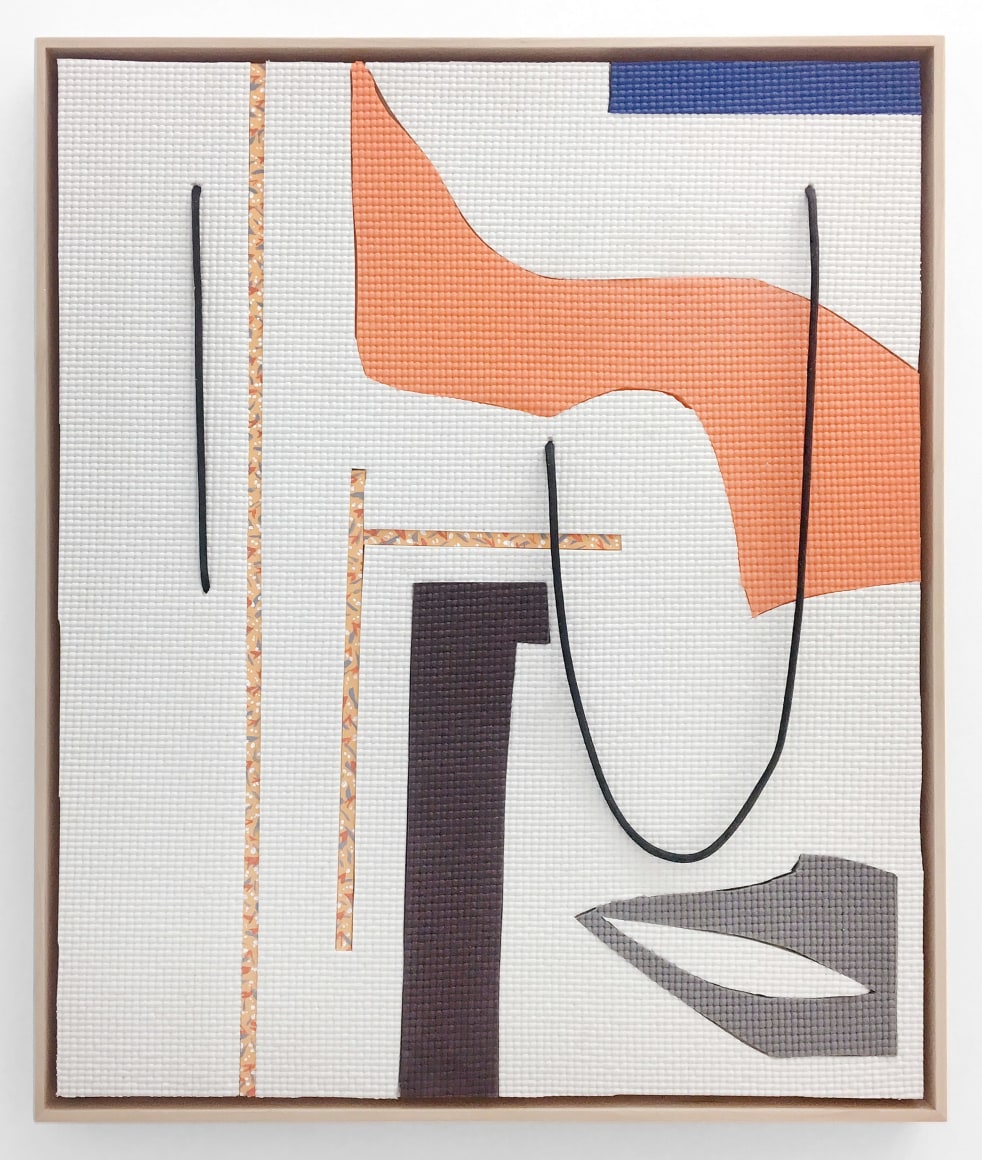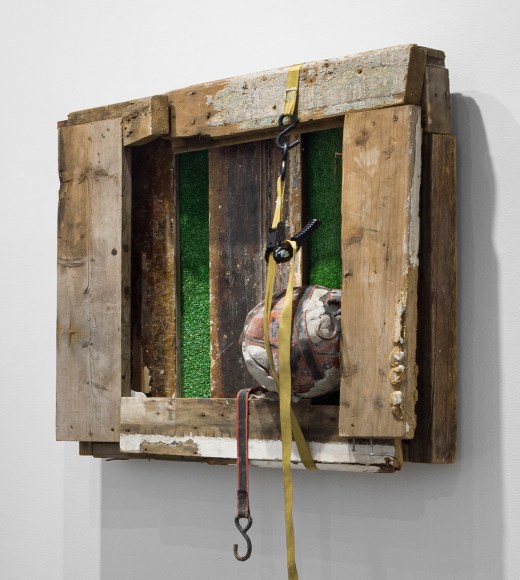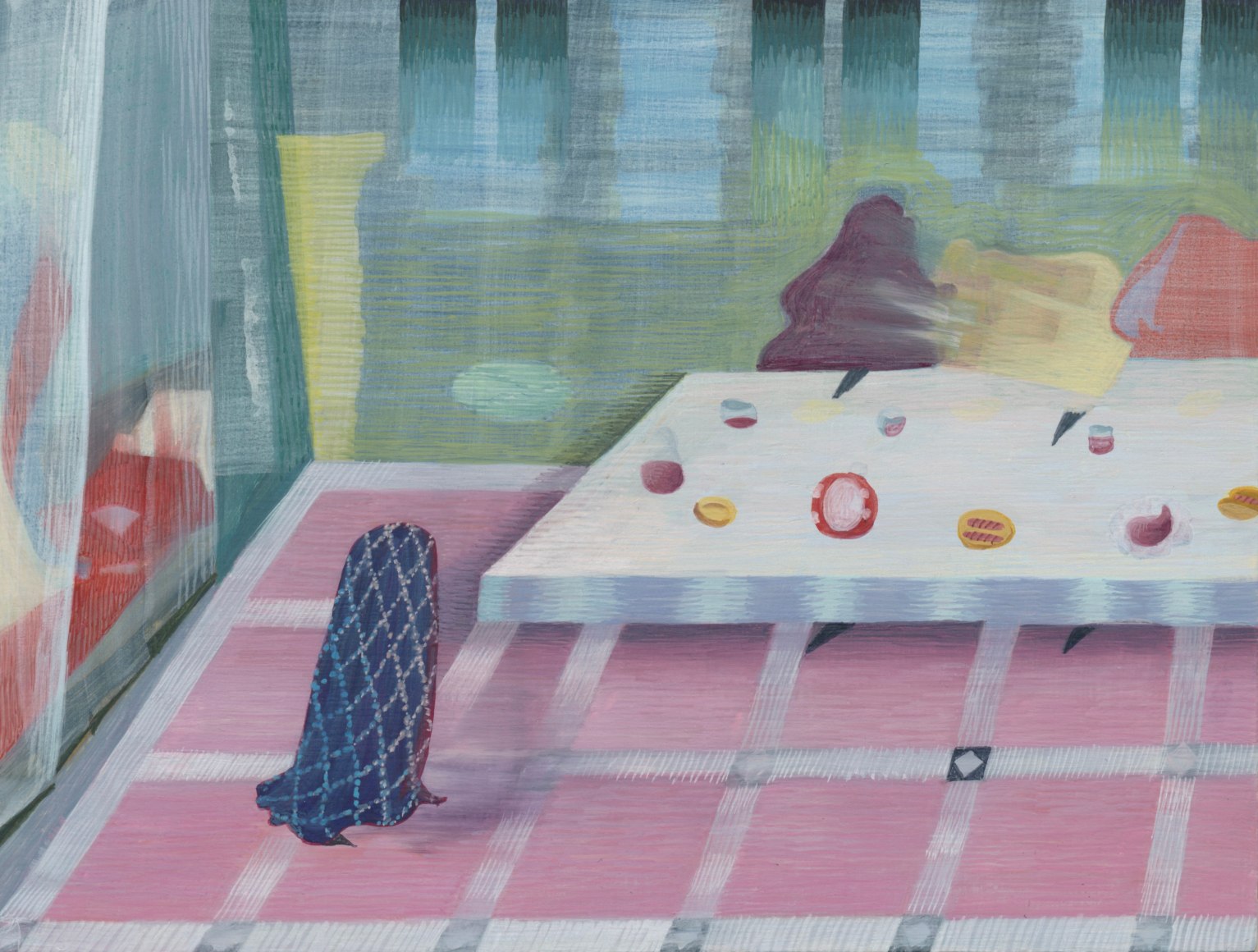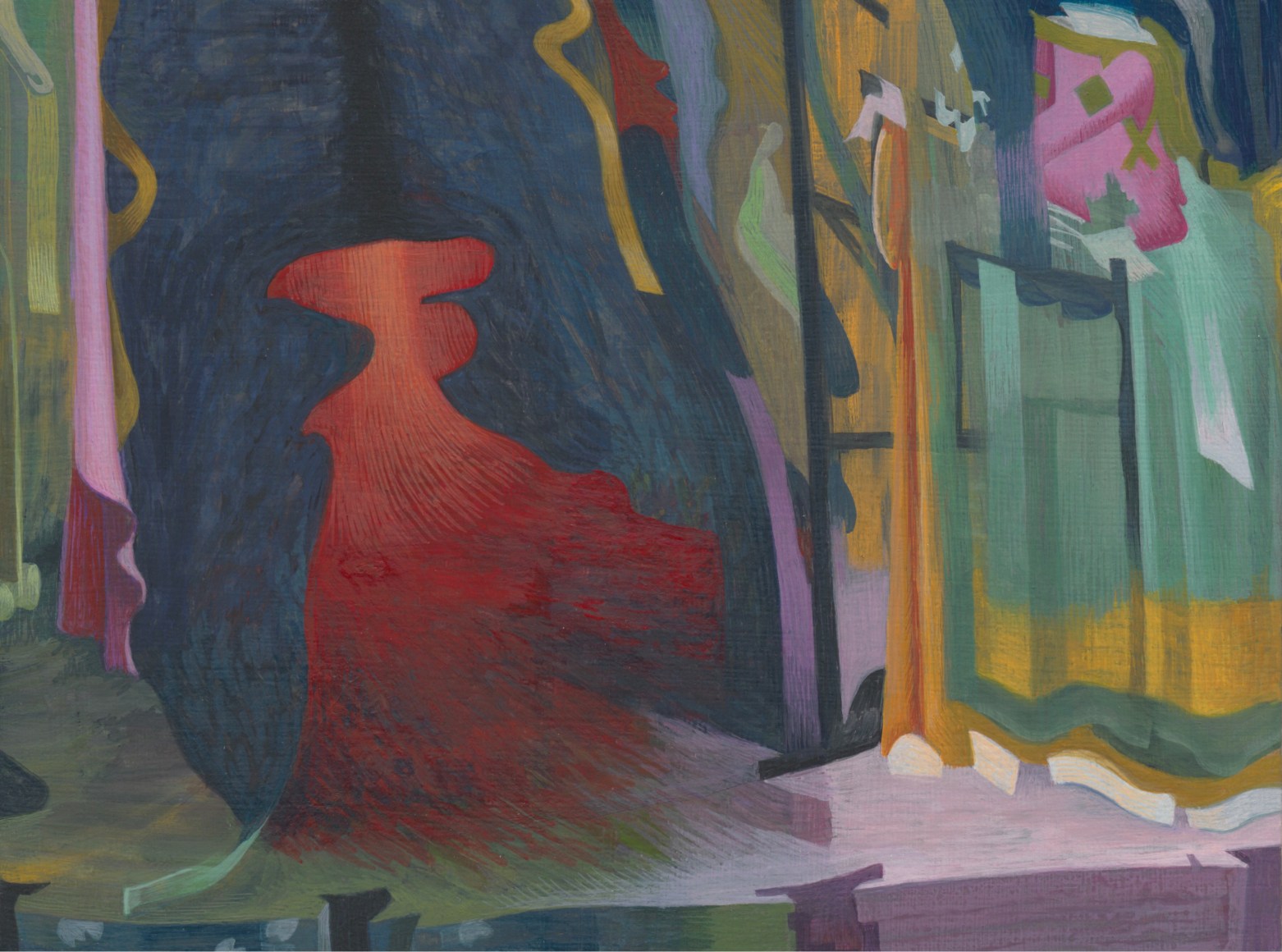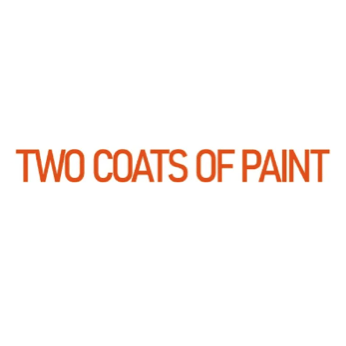“Baltimore is like the flower you didn’t realize was beautiful at first glance. It’s love, joy, heartache, anger, and community. Baltimore is deep reds, yellows, blues, and hues of purple. It's magical, your favorite song in the summer and favorite hoodie in the winter.”
– Charles Mason III
Charm City is a collection of materially-driven abstract works by artists who live in or have a deep connection to Baltimore, Maryland. Through material exploration, these artists push against traditions of art-making in abstraction. By utilizing found objects, fibers, undulating lines, maximalism, and deeply personalized processes, the artists are redefining abstraction while charming the eye in curious and playful ways. Baltimore is a gritty space with complicated narratives but is also a hotbed for creativity with an underground arts ecosystem unrivaled by most American cities of its size. This exhibition celebrates the abstract risk-takers who have been a constant in the Baltimore art scene. Together, these artists are shifting preconceived notions of Baltimore to one that centers community, creativity, and celebration, and by working through material-driven abstraction, the artists are asking viewers to truly feel Baltimore as it is today, a wonderfully diverse and welcoming creative haven.
One might say that simply making a life as an artist in Baltimore is a concurrent act of refusal and acceptance. It is to redefine success and take it into one’s own hands by rejecting the conventional notions of taste and trend conformity, embracing tension and uncertainty, and persisting with passion. Baltimore has asserted itself as a sanctuary with access to large industrial studio spaces and DIY/artist-run gallery spaces for artists to create, grow, play, and collaborate, but with the removed pressures of blue-chip societal expectations.
The choice to work abstractly is a conscious one that often begins with questions. What is it that the artists in this exhibition have to say through their refusal to produce solely objective imagery? Is it to deflect the imposed assumptions about living in a city such as Baltimore? To alleviate the expectation to perform an identity? A way to portray feelings otherwise inexplicable? Is it an attempt to create an even playing field between artist and viewer? Is it to encourage curiosity in the viewer to separate the art from the circumstance? Or is working in abstraction a manner of escapism, exploration, and discovery of the self that these artists hope to find through their creative process? It can be all of these, or even none, but working in abstraction can be a radical form of self-care, play, regeneration, and becoming aware of oneself. It is to create a feeling, ~*vibe*~, alternate narrative, or reality. Together, these artists interrogate these questions and paint a portrait of the pulse of Baltimore, one that is beautiful but requires an open mind in the viewer to see the reveal of what the Charm City has to offer.
Using highly saturated colors and varieties of textures, forms, and materials, the artists of Charm City do not feel obligated to make art that indulges those who expect art from Baltimore to be only socio-political or speak only to the complicated narratives of the city. Many of the artists in the exhibition create organic, almost calmingly soft forms, as they search for ways to reveal beauty and defy expectations. This historical pursuit of beauty through abstraction, when channeled through the lens of Baltimore, captures a playful fortitude of a city that is consistently pushed to the margins and is often excluded from narratives of the larger art world.
Amy Boone-McCreesh, Hannah Knight Leighton, and Alex Ebstein question prominent notions of tastes and cultural acceptance, mass production, luxury, and casual consumerism. Leighton and Sophia Belkin embrace the rise of digital technologies in craft through their mixed-media fiber abstractions. Using found materials, such as the yoga mat, household organizers, and hair curlers, Ebstein and Danni O’Brien give once discarded or obsolete objects a new sense of power, even creating instructional maps.
Christopher Huff and Boone-McCreesh abstract the common symbols of portals like windows, doorways, and keys to shine a light on cultural markers of class and access.
Troy Taylor and Cindy Cheng both create art as a way to better understand the chaos of our current world by revealing how perceptions of fringe popular culture and conspiracy have become integrated into inescapable mainstream narratives. Both working in assemblage and sculptural elements, they also incorporate recognizable iconography and imagery such as the basketball, heart, and tears to play with and explore the vilification of the children’s cartoon characters.
Curtis Miller and Michael Weiss use mark-making as a language for the unknown, while Miller and Nora Sturges both abstract the everyday and moments from history. Glances and snippets of gestural marks peek through the grounds in Miller’s work and the painting morphs in and out of abstraction. Weiss refuses all notions of representation by embracing a “stream of consciousness” approach and places the responsibility of discovery of a narrative onto the viewer. Sturges and Miller have a similar subdued, yet colorful palette whose marks whisk the viewer into a different lived reality. Surreal-like landscapes and interiors make worlds collide into post-abstraction as they continue to blur a line between fantasy, escapism, and hints of reality.
Charles Mason III and Huff use similar icons such as the structure of the brick, perhaps as the foundational tool or glue that holds the Baltimore arts community and Black artists in Baltimore together in the face of judgment, hardships, and chronic illness. Abstracted plant life emerges from the rocky imagery of both artists, showing their ability to rebuild and grow out of oppressive situations. Colorful building blocks show the perseverance of the community and perhaps evokes the poem “the rose that grew from concrete” by Tupac Shakur, who once lived in Baltimore.
Jackie Milad and Mason use drawing, painting, and collage to build up physical layers to address the metaphoric layers, histories, and complexities surrounding Black and multi-ethnic identities. They use bright, energetic colors and abstraction to create their own way to paint a fulsome picture of the dynamism of their identity and to encourage viewers to think abstractly about their preconceived notions of Black and Brown cultures. Though printed and impressed upon papers and fibers, their artwork is a medium in which they can tell their own stories and re-write a social art history of abstraction that includes voices of historically excluded individuals.
-- Carlyn Thomas, Independent Curator and Curatorial Assistant of Contemporary Art, Baltimore Museum of Art

